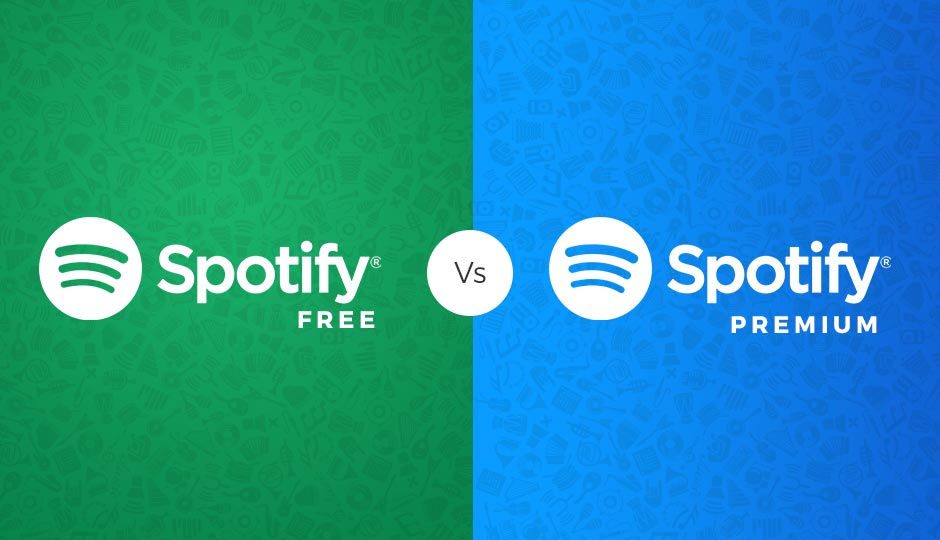

“A lot of the other services are more like audio subscriptions, and especially with the push into audiobooks it’s really sort of an audio, commodity-driven subscription. That compares to Spotify, with 188 million subscribers, and Apple AAPL Music, projected to have close to 80 million.īut he believes Napster has some weapons in its arsenal the others are lacking.

Napster currently counts “in the millions” of subscribers to its music streaming service, according to Vlassopulos. Whether or not the company can pull off a bona-fide blockchain success in today’s fickle marketplace remains to be seen. “You log in and you see, ‘Oh I have a bunch of goodie bags in my profile.’ And based on 20 years of data we think we have a pretty good handle on what people might like and might not like.” “Simple things like profiles starting to become wallets for both artists and users almost overnight, without any fancy jargon,” he says. So what can users expect from the new Napster experience? Vlassopulos says it will build on the existing streaming service, which currently offers more than 100 million tracks, and layer on utility-based tokenomics, delivered on the Algorand backbone, that “are more than collectibles.” Fans want it because they’ve got a taste of it now on platforms like Roblox where they can get closer to the artists they love and, ironically, now the labels are behind it.” Artists really want it because they’re fed up with the economics of the other platforms.

In the nascent days of Web3, some seven years ago, “consumers were pushing for it and tech was pushing for it, but rights holders and artists and some other people weren’t necessarily coming onboard,” he says. Beyond the capital infusion, Vlassopulos points to what he views as an inflection point in the music industry, technology evolution and the general marketplace that points favorably to a scaled Web3 offering.


 0 kommentar(er)
0 kommentar(er)
